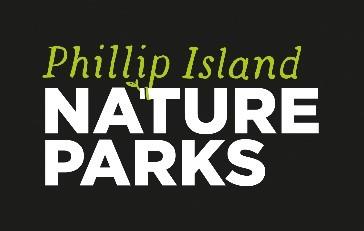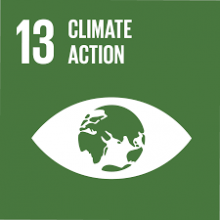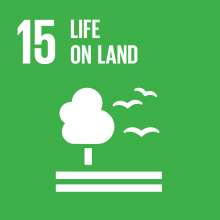
Population recovery of Little Penguins on Phillip Island
Phillip Island Nature Parks is a unique conservation organisation that was established in 1996 under the Crown Land (Reserves) Act 1978 “for the conservation of areas of natural interest or beauty or of scientific, historic or archaeological interest”.
Phillip Island is famously known for its colony of Little Penguins (𝘌𝘶𝘥𝘺𝘱𝘵𝘶𝘭𝘢 𝘮𝘪𝘯𝘰𝘳). In response to a suite of management actions, the estimated population of breeding penguins on Phillip Island has increased 2.5 fold in the last 30 years, making it one of the largest, if not the largest, Little Penguin colony in the world.
Conservation actions included the eradication of foxes from the island, removal of a housing estate from the breeding area, a traffic management plan to eliminate road deaths of penguins, and the installation of 4,000 artificial penguin boxes on the Summerland Peninsula to encourage little penguins back to former breeding sites.





